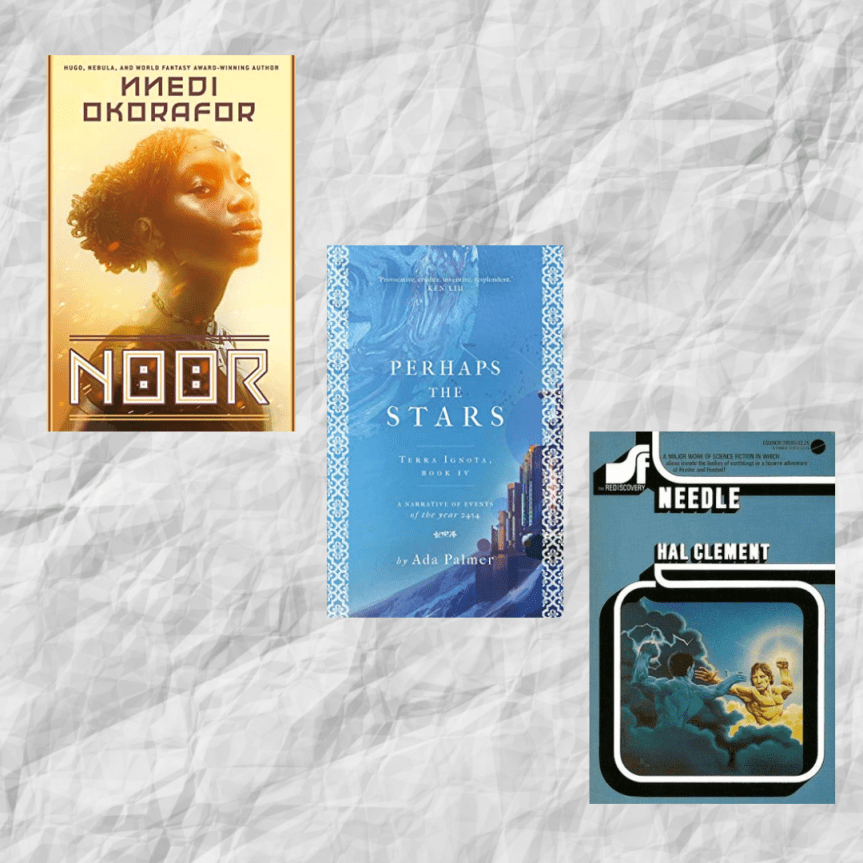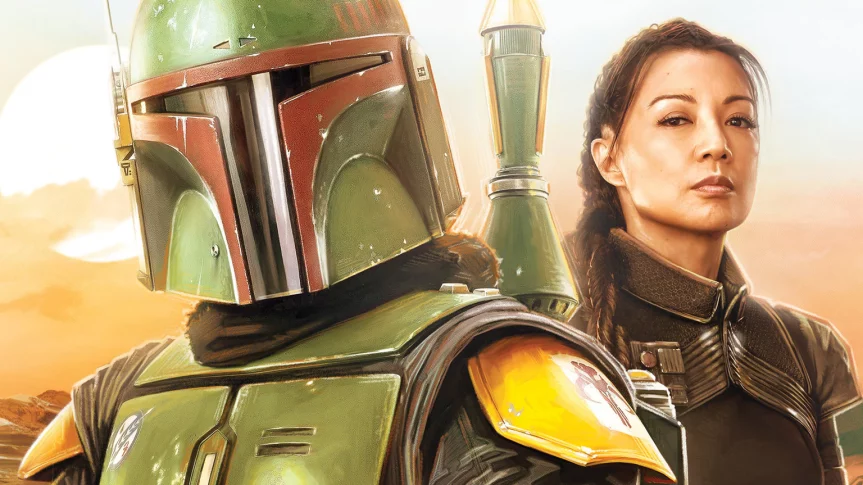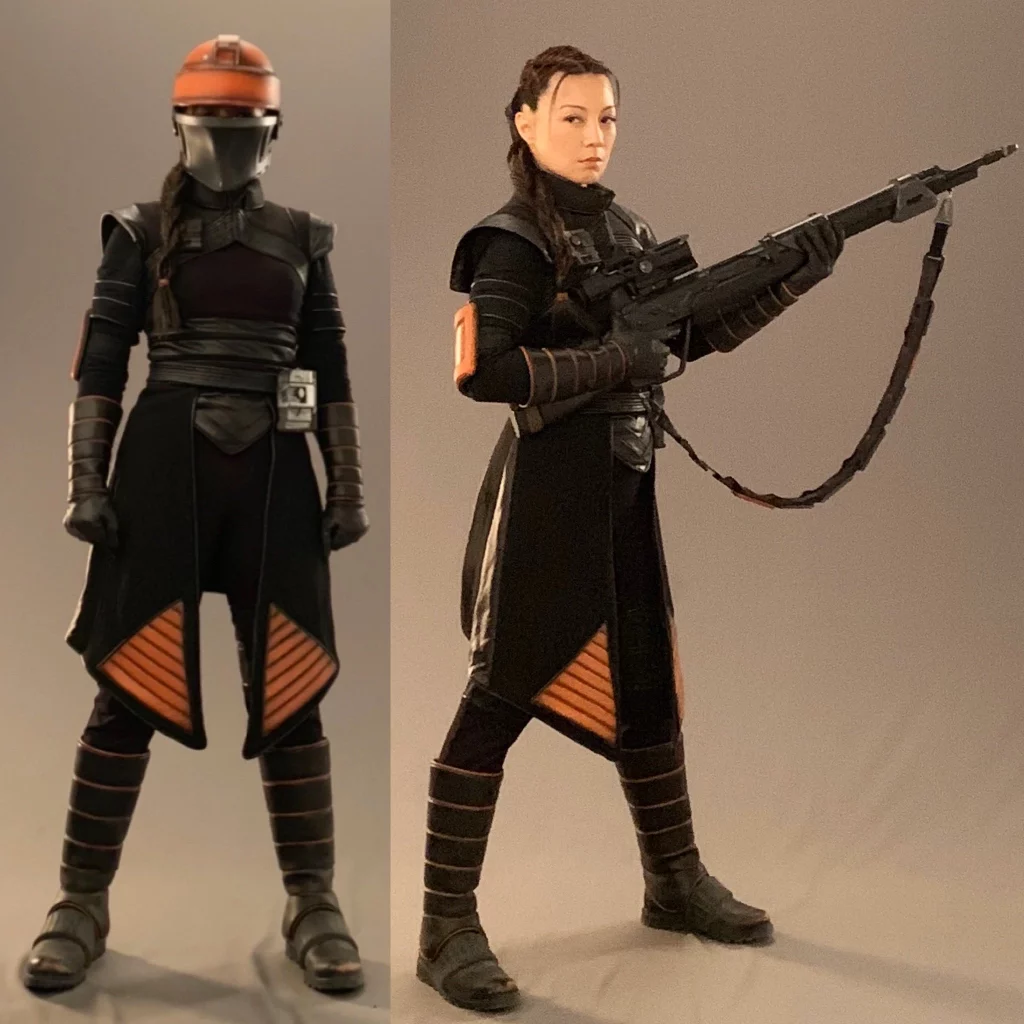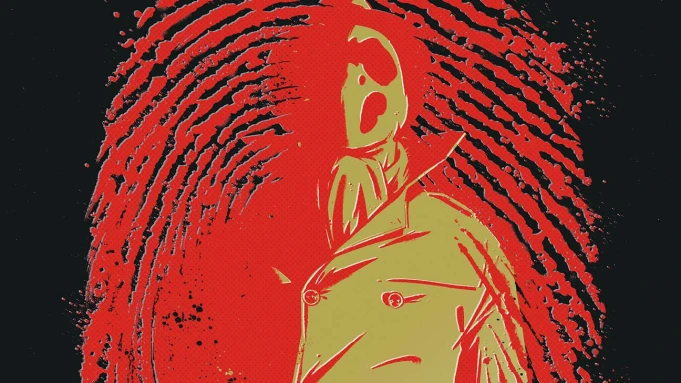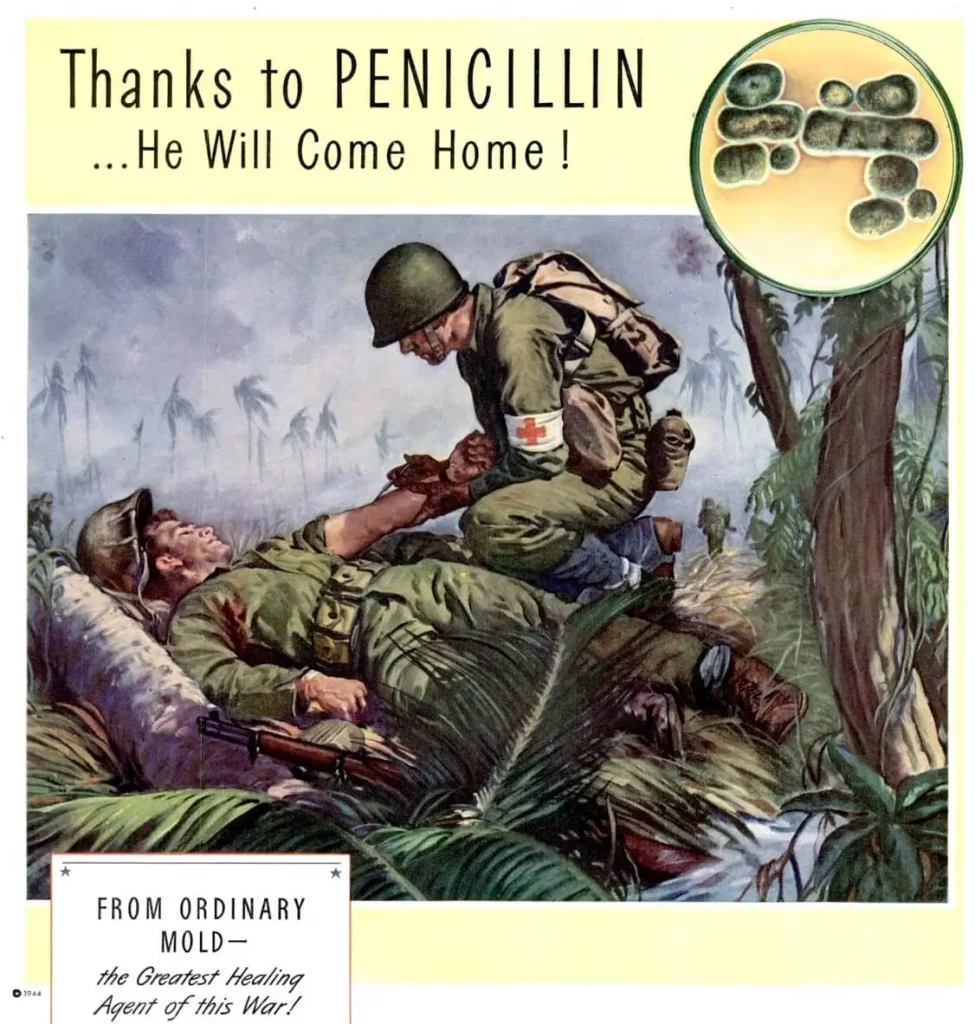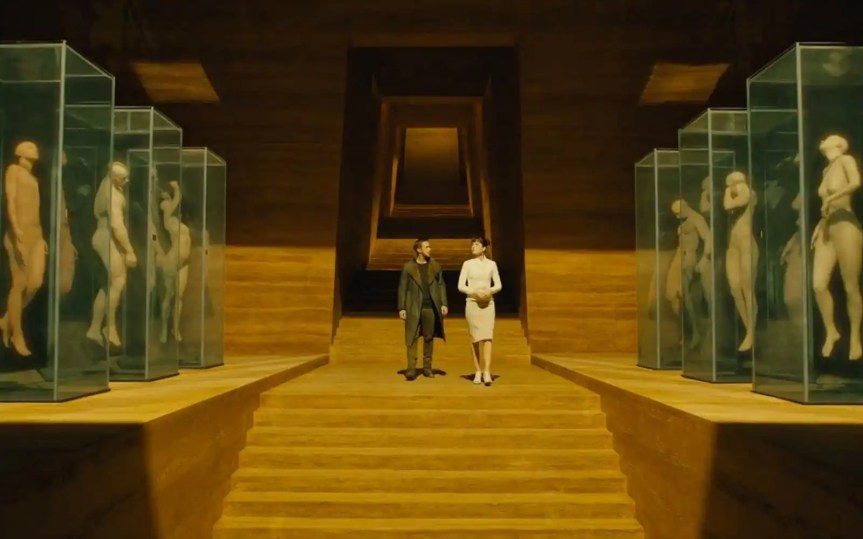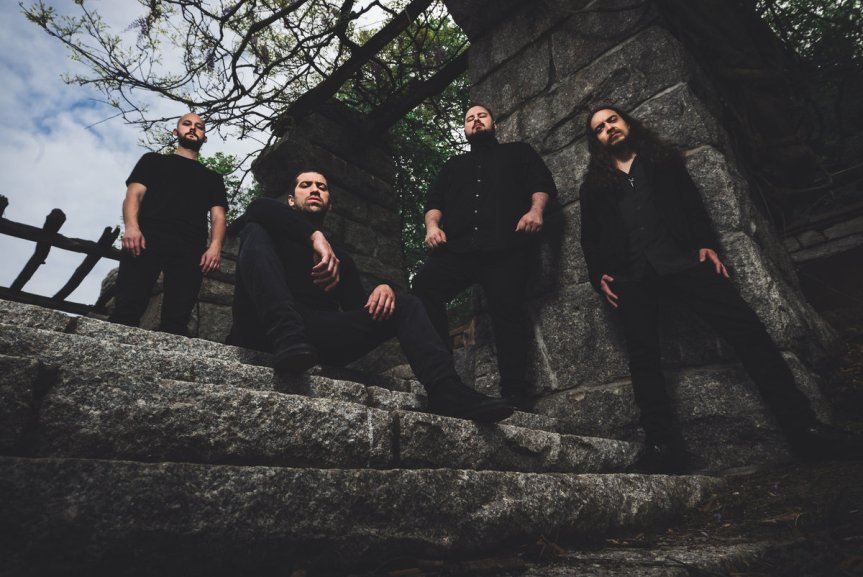Signals From the Edge recently had a chance to sit down with Bradley P. Beaulieu, AKA Brendan Bellecourt. His newest book, Absynthe just came out in December, and we talked about what went into the worldbuilding for that book, as well as his writing process for some of his other works.
Absynthe is a sci-fi, decopunk/alternate history book based in the American roaring twenties. It follows Liam Mulcahey, a war vet, as he’s thrust into a new world of mind-bending illusions and world-ending conspiracies.
Isaac Payne: So, Brad, you just finished up writing The Song of Shattered Sands not too long ago, how big of a shift was it to go from writing a sprawling desert fantasy to a sci-fi concept novel?
Bradley Beaulieu: In some ways, it wasn’t a huge shift because I’ve been writing sci fi and fantasy in short form for many years. I’ve always been interested in science fiction and fantasy, as well as dark fantasy.
Plus, my writing style is such that I let story ideas percolate for years before I start writing them. Absynthe, which came out after Shattered Sands, is a decopunk novel set in the roaring twenties, in an alternate history version of Chicago.
I actually had a finished draft of Absynthe ready a few years ago, but my publisher and I decided to see The Song of Shattered Sands through before releasing a new book.
That timeline gave me extra time to work on the story, the world, and the characters, so as the Shattered Sands was starting to wind down, I began paying more attention to Abysnthe.
In this case, it was a pretty easy transition. I usually don’t have spur of the moment ideas that I immediately start writing. Instead, I tend to start a Scrivener document, create a Pinterest board with images that speak to me, and begin to explore the characters and the plot. All of this takes me quite a long time.
I’d say from inception to really starting to write in earnest, the process takes me a minimum of two years, sometimes three.

IP: You mentioned working on the worldbuilding for Absynthe: especially in the early chapters, I noticed a lot of details about clothing, cars, buildings, etc. How much research did you do about the time period to get these details just right?
BB: I didn’t do exhaustive research on the history of the time period because I was changing it up quite a bit.
I ran a podcast at one point, and I spoke with Mark Hodder, author of The Strange Affair of Spring Heeled Jack and other stories set in a Victorian, steampunk era. He likes writing in real-world history because for him, it’s easy. He didn’t have to explain why something happened because they just did, it’s part of our history.
I’m the exact opposite. History interests me, but I’m not a huge history buff, so I like altering things. I make up rules, magic, types of characters, and worlds on the cusp of change.
With Absynthe, I spent more time on architecture, clothing, and music. I paid particular attention to absinthe since I was trying to portray a vibe around the liquor and the cocktails made from it. There’s a mystique that’s built up around absinthe lot of misconceptions about its effects.
There’s a lot more to it than just the liquor; it’s about the ritualistic making of the drinks, the ingredients, the lore, and that kind of thing, and I wanted to make sure I captured that in the story.
I also paid attention to the vehicles in Absynthe. I’m a car buff, to a certain degree, because my dad was always fixing up old cars and we used to go to old car shows. There’s a nationally-recognized car show in Iola, Wisconsin that we used to go to and they had a lot old cars from the 20s, 30s, 40s, and 50s, that really interest me.
For example, in Absynthe, there’s a Phaeton, which is based on long-nosed sedans, particularly the Auburn, which had chrome pipes coming out of the engine compartment. So that was fun, getting to write about such a cool looking car.
With worldbuilding, I pick my battles and delve deeply in certain areas, but I don’t do a ton of broad research.
I have an example of not wanting to stick too closely to real history:
The assassination of Archduke Franz Ferdinand was kind of the spark that lit the flame of WWI, and in an early draft of Absynthe, I twisted it so that event was the start of the war. But the politics didn’t match up how I needed them to, so I ended up tossing the idea and working up a new flare point that led to the war. I ended up keeping some of the broad European politics as a base to explain why the war started, why it was fought on American soil, and why the alliances were altered from how they actually happened in WWI.
Once you start changing things, it raises a lot of questions, especially for people who know a lot about the era, so you have to be really careful.
IP: You talked about your writing process a little bit already, but are you the type of writer who outlines everything, or do you start with a few scenes and see where the story takes you?
BB: I teach writing here and there, and the way I describe myself is that I’m halfway between pantsing and plotting.My background is in IT software programming, and in those disciplines, you have to be very organized and structured.
I thought that process would transfer naturally to writing, but that just wasn’t the case. I found that I couldn’t envision what was going to happen without getting into the world. Yet, by the same token, I couldn’t start writing without some idea of where I was headed.
What I tend to do is start my Scrivener doc, my Pinterest board, and let it germinate for a few years.
Then, when I finally start writing, I make a loose, high-level outline. In the beginning, I had 2-3 turning points and the finale, but I have since adopted Dan Wells’ 7-point story structure. Originally, he took the idea from an RPG handbook, but has adapted it for writing novels.
There are some details about when the protagonist takes up the call, twists that come into play, and when the character moves from action to reaction. It’s just a more detailed way of looking at a story.
I’ll come up with those high-level plot points even if I’m not sure what incarnation those points will take, or how the characters will get there. It doesn’t matter at that point, because I know I can steer things to get to there, and that’s part of the fun of writing anyway. Steering the characters, seeing their emotions and development is all part of the enjoyment.
After I have the high points, I’ll plot out in detail as far as I can, which is usually between 4 and 6 chapters. As George R. R. Martin would say, you can see the lights in the fog, which in this case, are the high points.
I call it inch-worming my way through the plot. I’ll write as far as I feel comfortable and then when motivations seem unclear or I’m having a hard time seeing the way forward, I’ll plot out the next few chapters and keep writing until I’ve reached the end of a sloppy first draft.
I call this the “zeroth” draft, borrowed from a fellow writer, Robert Levy. It just means the story isn’t ready for consumption by anybody, so I’ll go through it one more time to fix all the things I know are broken to get a true first draft.
IP: If you had to pick one tip for new writers, what would it be?
BB: A lot of the common advice is to read widely and write every day, and that’s good advice.
However, one tip I would have given myself when I started writing is to be bolder.
When I started writing, I was hewing to the stories that inspired me to write—stories by writers like Glen Cook, Tolkien, Robin Hobb, Roger Zelazny, and Guy Gavriel Kay. While not intentional, I was regurgitating their ideas and ways of writing.
Though I didn’t realize it at the time, I was writing in a very safe way, and I wish I’d just pushed myself harder and in different directions. That will not only help you come up with really cool story ideas, it will help you learn from your mistakes. Mistakes and failed stories will teach you a lot more about the craft than successes will. And having writers and readers around you can help to identify your weaknesses and speed that process up.
A general writing tip is advice I’ll break into two parts. First, seek out advice, but be ready to evaluate the advice you receive. Don’t always take what people say for granted. They might not have the best advice for your story. Don’t be afraid to say to yourself that it’s good advice in some circumstances, but not for your story.
On the other hand, don’t discount advice simply because it stings. Negative advice is easy to discount because writing is such a personal thing.
Your instinctive reaction might be “screw that, my story’s good”, but try to evaluate the advice given as neutrally as you can. Give it honest consideration. Don’t be afraid to write an exploratory draft. You might not always use the advice as given, but you might find other, better ways to fix the underlying issue.
IP: I read on your blog a while ago that you have a new fantasy series in the works, The Precipice Sequence. Can you tell us a little bit more about what to expect with your new series?
BB: Everything I’ve written in fantasy in novel length at this point has been non-traditional European fantasy. I’ve shied away from dragons, even though I was influenced early on by the Dragonlance series and Tolkien, I didn’t want step into that arena unless I had something interesting to say.
I like to hang my hat on worldbuilding. Some of my favorite stories to write—and read—are steeped in worldbuilding, where things have been culminating for a long time. Characters knock a couple of pebbles loose and eventually the story starts to rumble down the mountainside and eventually crash.
I’m hugely affected by climate change and what’s going on in our own world, and I’m invested in trying to fix those things. I know it’s been affecting my writing, and I don’t mind. And so, with The Precipice Sequence, I think I’ve found a way to combine all these elements in an interesting way.
In the story, a large empire has conquered a rather important valley, and has taken to hunting the umbral dragons that live there. In this world, there are two kinds of dragons: scintillant and umbral, both of which feed off of diametrically opposed suns, the bright sun and dark sun. These suns give different kinds of magic, and a lot of the flora and fauna of this Amazon-like valley are tied to the suns.
So, a lot of the story has to do with the scintillant dragons the empire uses as weapons, and the umbral dragons that are quickly being hunted to extinction.
The two main characters, Rylan and Lorelei, are a half-blooded thief and an imperial inquisitor, respectively. Eventually, Rylan and Lorelei meet when a plot against one of the mountain cities comes to light, and that’s when the mountainside starts to rumble and threatens to crash.
IP: That sounds awesome. Is there a release date for the first book?
BB: Tentatively, we’re saying spring of 2023. I’m about 40k words into so far, and it will probably end up being around 140k. Not a doorstopper, but pretty big.
A big thank you goes out to Brad for sitting down for this chat! You can read more about his work on his website, as well as purchase Absynthe, The Song of Shattered Sands, and his other books.




